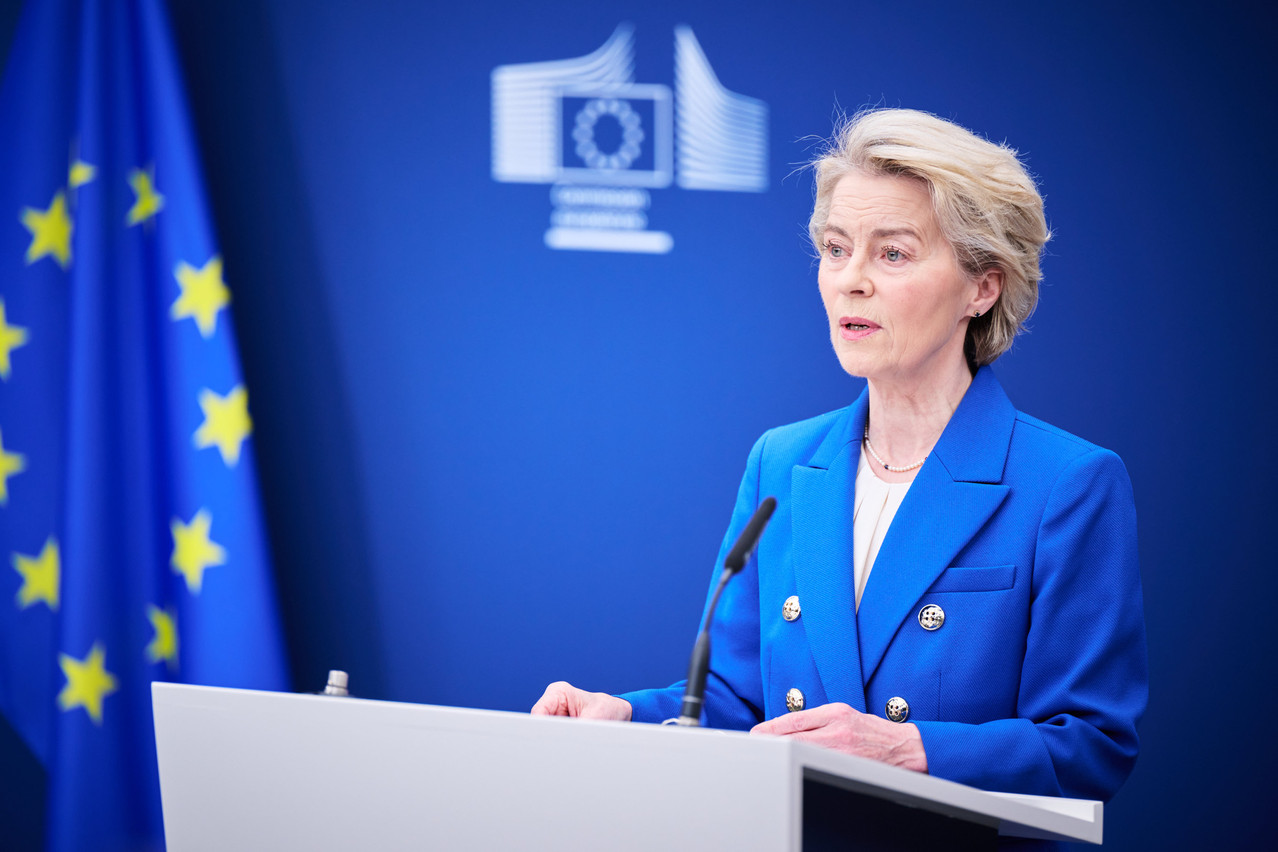As US president Donald Trump made good on his threats on Tuesday 4 March, freezing military aid to Ukraine and imposing additional tariffs on Mexico, Canada and China, European Commission president Ursula von der Leyen responded by the Rearm Europe plan.
“We are in an era of rearmament. And Europe is ready to massively boost its defence spending. Both, to respond to the short-term urgency to act and to support Ukraine but also to address the long-term need to take on much more responsibility for our own European security,” she explained in Brussels on Tuesday 4 March, ahead of Thursday’s special European Council meeting on support for Ukraine and European defence.
A five-part plan
The plan aims to mobilise nearly €800bn for defence, including €150bn in loans to member states. “This set of proposals focuses on how to use all of the financial levers at our disposal--in order to help member states to quickly and significantly increase expenditures in defence capabilities. Urgently now but also over a longer time over this decade. There are five parts to this,” said von der Leyen.
“The first part of this Rearm Europe plan is to unleash the use of public funding in defence at national level,” she explained. “For example: if member states would increase their defence spending by 1.5% of GDP on average, this could create fiscal space of close to €650bn over a period of four years.”
At a technical briefing for journalists in the afternoon, European Commission defence officials clarified that while it was not the European Investment Bank’s practice to provide loans for defence, “this is the most appropriate and fastest way to increase the capabilities of member states.” Several journalists questioned them on the relevance of providing loans and not grants, which risked increasing the debt of some states. But European Commission officials defended this choice, arguing that they had “chosen instruments that allow money to be obtained quickly.”
€150bn in loans
The second proposal is a new instrument that will provide €150bn in loans to member states for defence investment. “We are talking about pan-European capability domains,” von der Leyen said, such as air and missile defence, artillery systems, missiles and ammunition drones, and anti-drone systems. “It will help member states to pool demand and to buy together. Of course, with this equipment, member states can massively step up their support to Ukraine,” added the president of the European Commission.
The third point is to use the power of the EU budget to direct more funds towards defence-related investments.
The last two areas of action aim to mobilise private capital by accelerating the Savings and Investment Union and through the European Investment Bank. Furthermore, the European Commission proposes that member states could use cohesion funds to increase their defence spending and envisages making the maximum deficit of 3% more flexible for these investments. “Rearm Europe could mobilise close to €800bn for a safe and resilient Europe,” said von der Leyen. “This is a moment for Europe.”
“The question is no longer whether Europe's security is threatened in a very real way,” she insisted. “Or whether Europe should shoulder more of the responsibility for its own security. In truth, we have long known the answers to those questions. The real question in front of us is whether Europe is prepared to act as decisively as the situation dictates. And whether Europe is ready and able to act with the speed and the ambition that is needed.”
This article was originally published in .
Updated on 4 March at 16:30 with details from a technical briefing by the European Commission.
